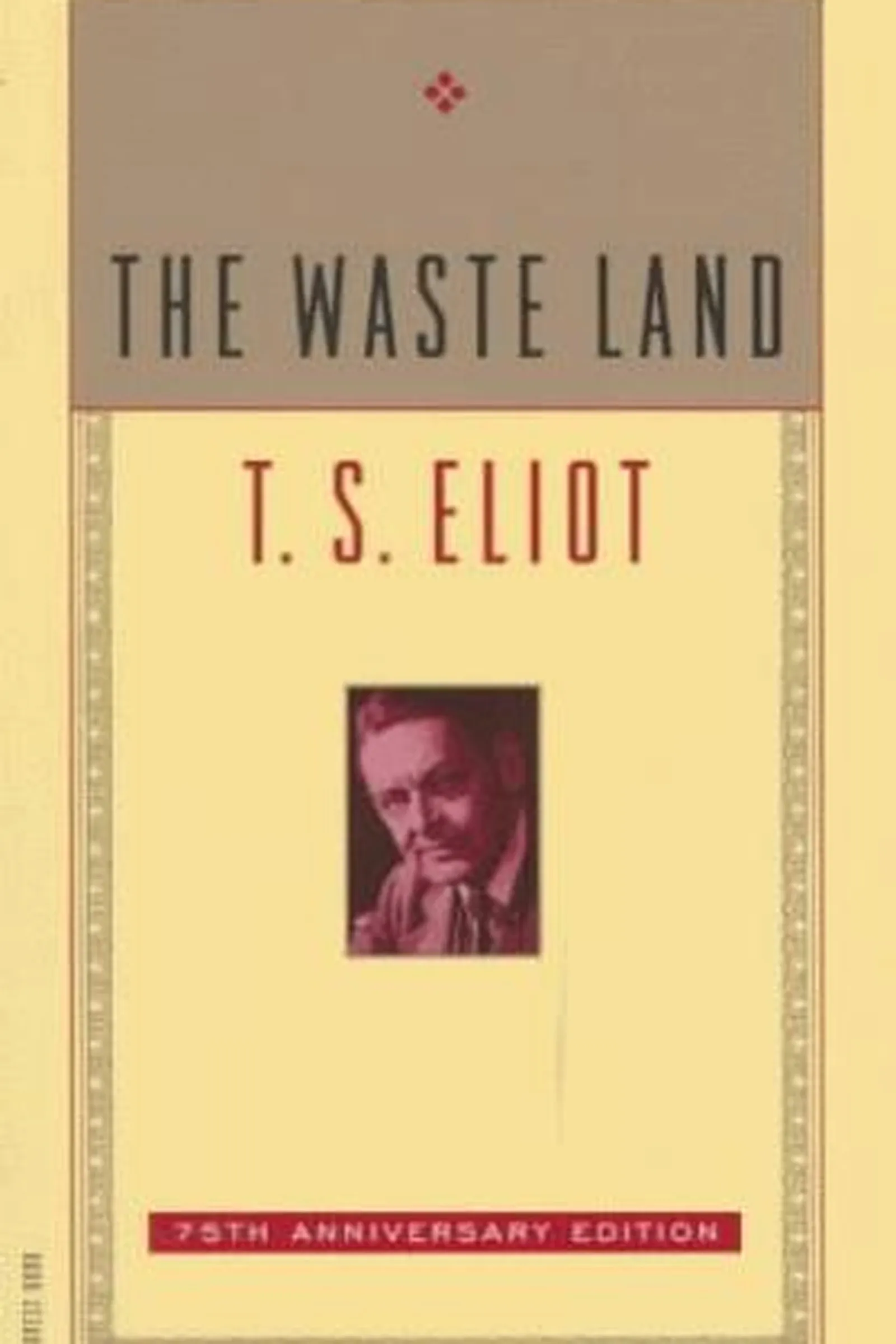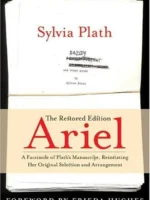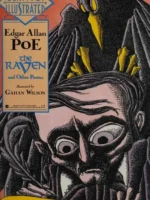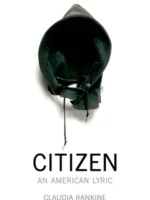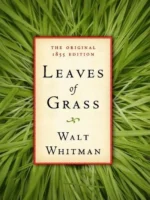The Waste Land, T.S. Eliot, 1922
- Author: T.S. Eliot
- Genre: Poetry
- Publisher: Harcourt Brace
- Publication Year: 1922
- Pages: 64
- Format: Paperback
- Language: English
- ISBN: 978-0156949606
- Rating: 3,8 ★★★★☆
The Waste Land Review
About
Published in 1922, T.S. Eliot’s The Waste Land is often considered the defining poem of modernism—fragmented, polyphonic, and endlessly interpretable. Written in the aftermath of World War I, it captures a civilization spiritually exhausted yet still searching for meaning. The poem weaves myth, literature, religion, and personal despair into a haunting collage. Its brilliance lies in how it turns cultural disintegration into art—a mirror for a broken century.
Overview
Eliot divides the poem into five sections, moving from springtime disillusionment to the sterile city and finally toward the faint possibility of renewal. Drawing from sources as diverse as Dante, the Upanishads, and the Grail legend, he builds a world of echoes rather than explanations. Voices interrupt each other; languages overlap; meaning flickers and fades. Yet amid the chaos, the poem’s rhythm and imagery hold it together—a ritual for a faithless age.
Summary
(light spoilers) The poem opens with “April is the cruellest month,” reversing the traditional symbol of rebirth into one of unease. We meet the disoriented citizens of a spiritual desert: lovers disconnected, prophets unheard, and seekers without faith. In “The Fire Sermon,” urban decay and moral fatigue replace redemption. “What the Thunder Said” ends the journey not with certainty but with fragments of prayer—“Shantih shantih shantih,” peace repeated like an incantation. The poem’s meaning is not fixed; its very disunity becomes the message: out of cultural ruin, the possibility of renewal.
Key Themes / Main Ideas
• Fragmentation — identity and meaning shattered by modern life.
• Myth and memory — the past haunting the present.
• Despair and rebirth — hope found in the ruins.
• The search for meaning — faith as both loss and longing.
• Civilization’s decay — beauty surviving amid collapse.
Strengths and Weaknesses
• Strengths — Dense, musical, and infinitely rich in allusion.
• Strengths — Its ambiguity invites rereading; every line feels alive.
• Weaknesses — Demanding and opaque; newcomers may find it alienating.
• Weaknesses — Emotion often hides beneath intellect, but that tension is deliberate.
Reviewed with focus on themes, audience, and takeaways — T.S. Eliot
| pa_author | T.S. Eliot |
|---|---|
| ISBN | 978-5-750-42512-7 |
| pa_year | 1968 |
| Pages | 565 |
| Language | English |

